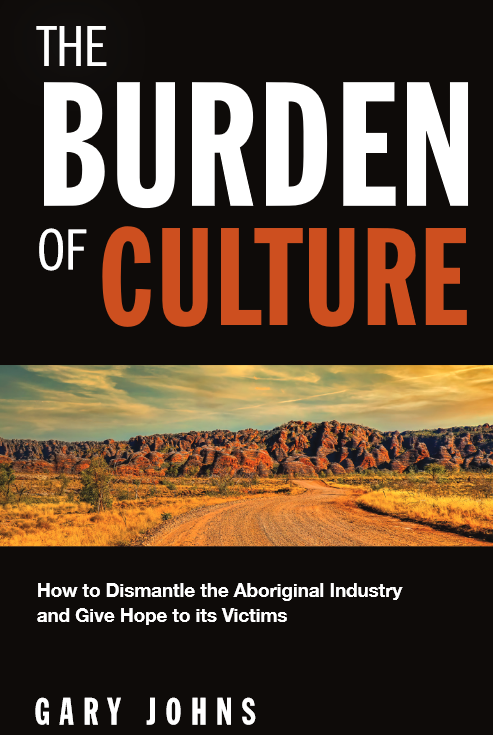
This book is a new vision of the most divisive political issue in Australia today
Aboriginal politics are now dominated by demands for reconciliation, self-determination, and acknowledgment of culture. But these concepts – defined and promoted by an urban elite of educated Aboriginal activists – hide the bigger truth that most people of Aboriginal descent today are already integrated into the wider society and are doing well, if belatedly.
More importantly, the Aboriginal industry fails to address the needs of the 20 per cent minority of their population who still live in despair. Those who remain in remote and rural Australia are being asked to build a New Jerusalem on poor lands with ancient cultural habits. This captive minority needs to reach out, literally, but the politics of their leaders keeps them locked where they are.
 Sign In
Sign In 0 Items (
0 Items ( Search
Search









Is this Gary Johns?
https://en.wikipedia.org/wiki/Gary_Johns
I reckon this book increases the division without providing many constructive ideas to fix the problem. It’s essentially worse than racist. Keeps goin’ on about the 80% of good integrated Aboriginals compared to the 20% who are victims of bad policy including jaibirds and/or drunks, wifebeaters and child molesters in remote communities.
Johns rightly criticizes lotsa dodgy statistics, then re-analyses the same reports to support his own view. I didn’t see any balanced statistics pointing to practical solutions.
I kept struggling thru this mostly boring stuff until I was surprised by a bit of fairdinkum enlightening history. Johns rightly criticized a hypocritical, apologist, interpretation of wife-beating by Barrallier’s Aboriginal guide Gory.
This piqued my interest. Gory had joined in a hunt with another tribe a long way south of Sydney and procured heaps of possums which were feely shared. But he had to trade two spears and a tomahawk to obtain the feet of a koala (the worst cuts) as specimens for Barrallier, because koalas were so rare and valuable.
Koalas rely on soft young eucalypt shoots for nutrition. Soft new growth was rare in healthy mature forests maintained by Aboriginal burning.
I was flabbergasted when, later in his book, Johns accused me of being an Environmentalist who doesn’t realise that Aborigines were “captive” of their environment. He quoted the first sentence of my introduction to Firestick Ecology: “Australian Aborigines hold the world record for sustainable development” but he neglected to consider the third sentence: “Initially they created havoc, changing the pattern of vegetation across the landscape and exterminating the megafauna”.
Johns ignores my suggestion that Aboriginal burning established a new balance. He questions “was fire a major factor in shaping the Australian landscape”.
I’m sure he didn’t read Firestick Ecology. Here’s a shorter article that answers his question:
http://www.sciencepublishinggroup.com/journal/paperinfo?journalid=231&doi=10.11648/j.eeb.20200504.17
Of sixteen proposals to stop or start doing things, most are vague or symbolic. The only clear practical proposals that I saw were: No race-based programs by 2030 and Start enforcing school attendance. I don’t think they’re possible. We are currently debating whether to enshrine racism in the Constitution!